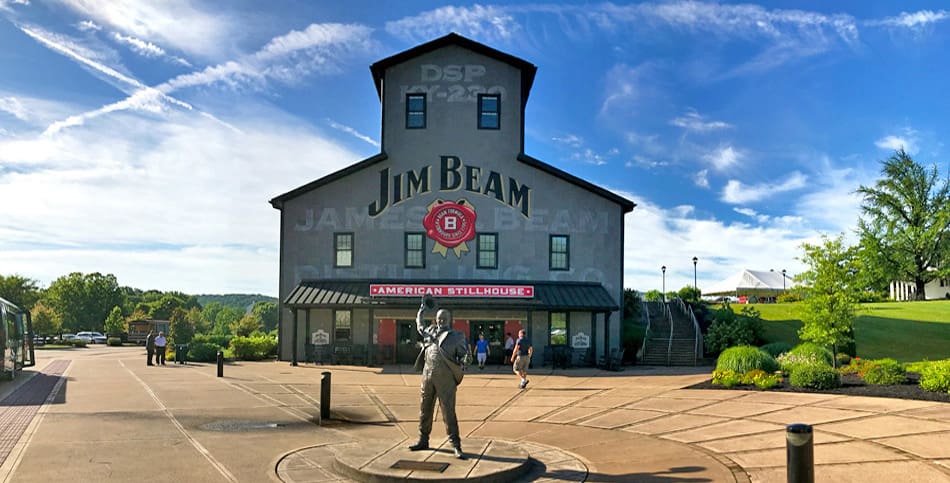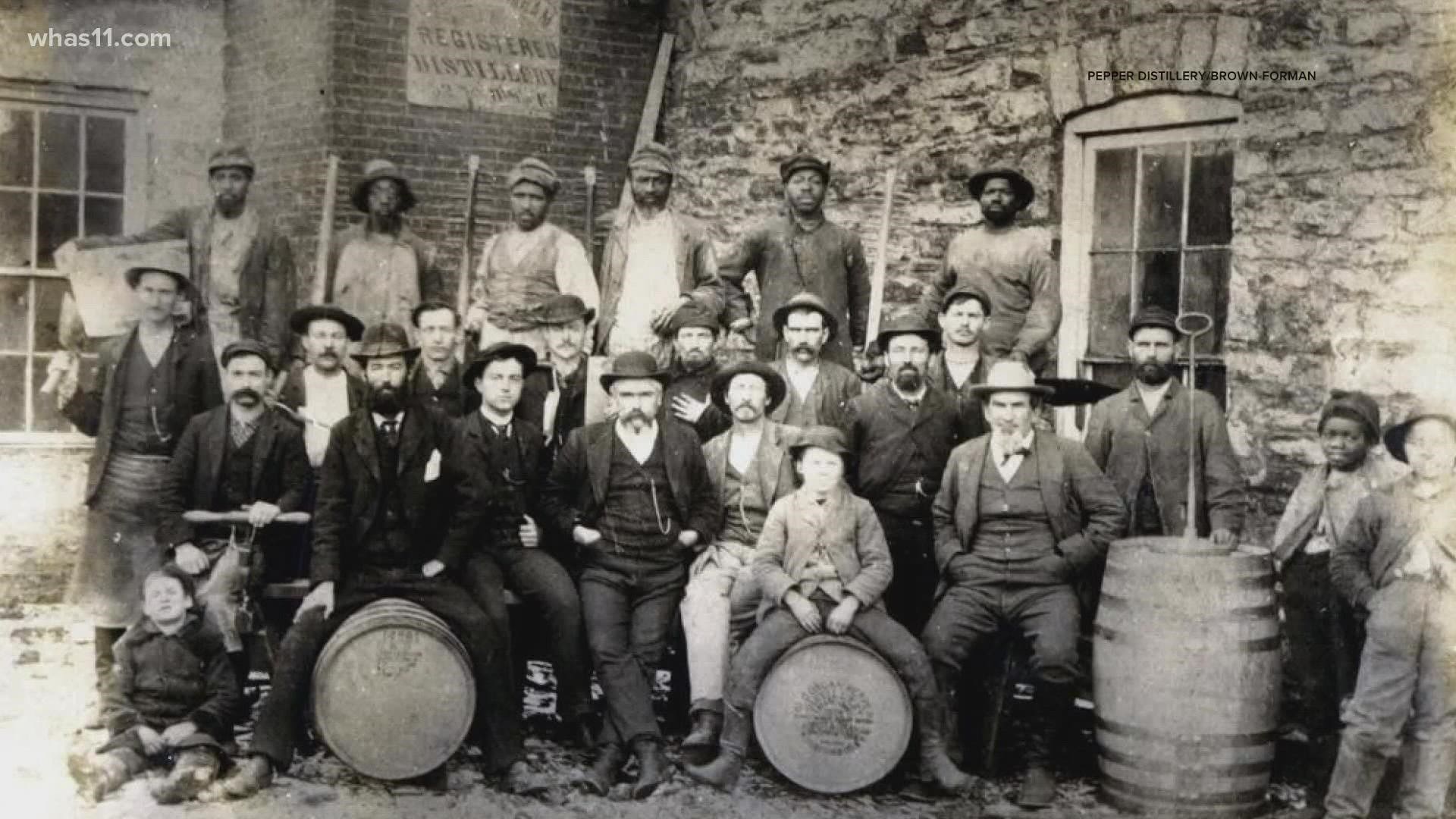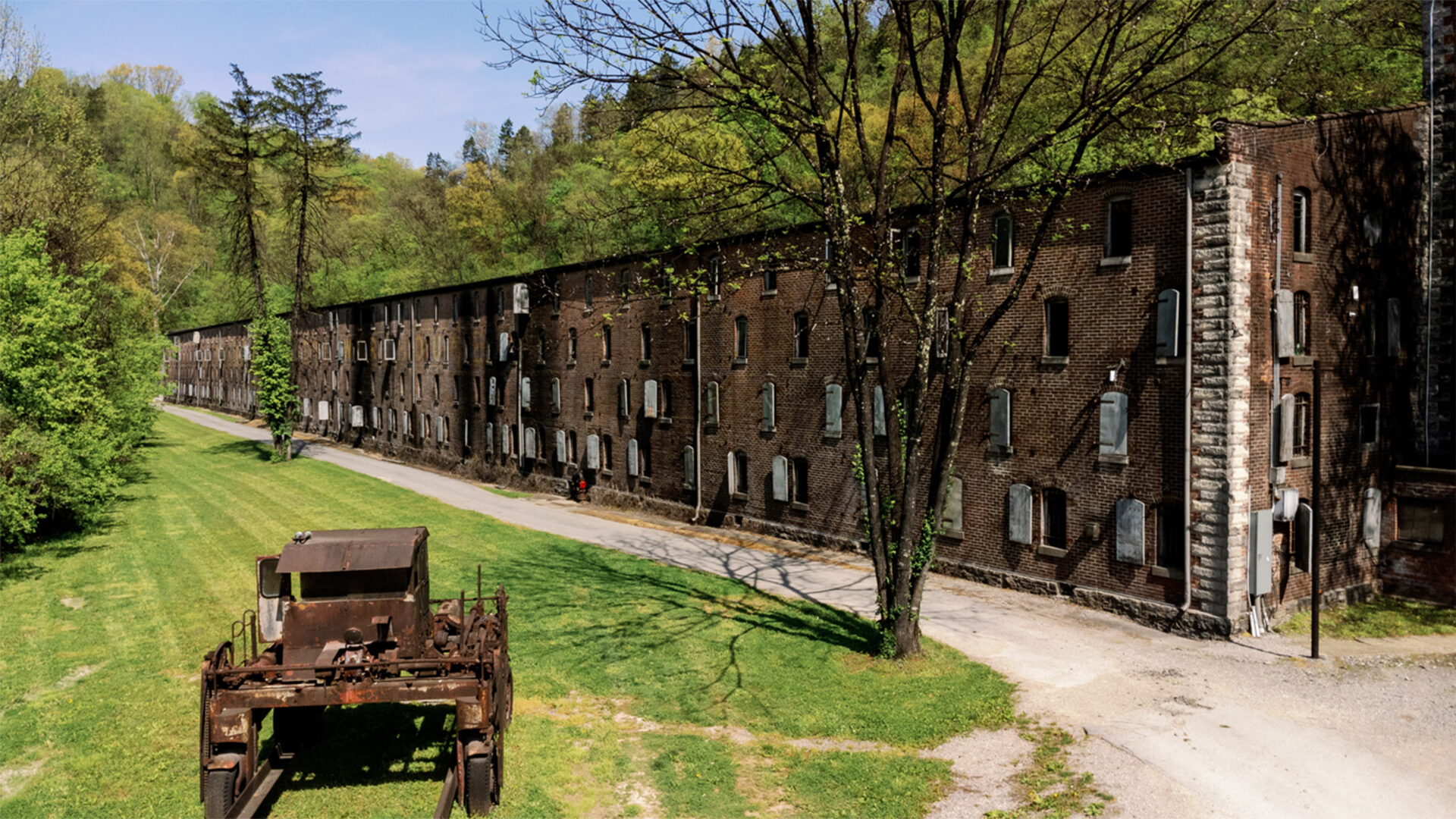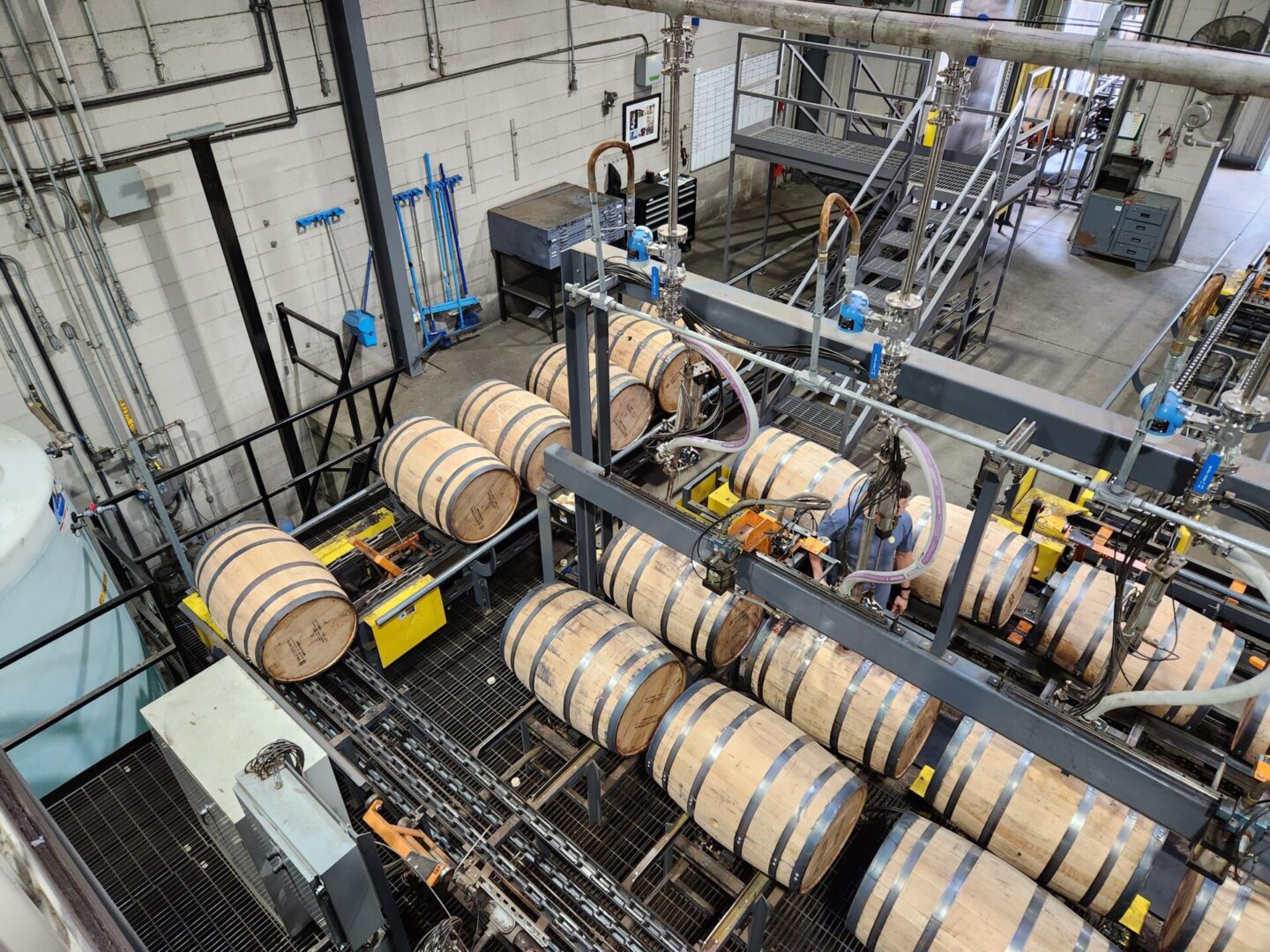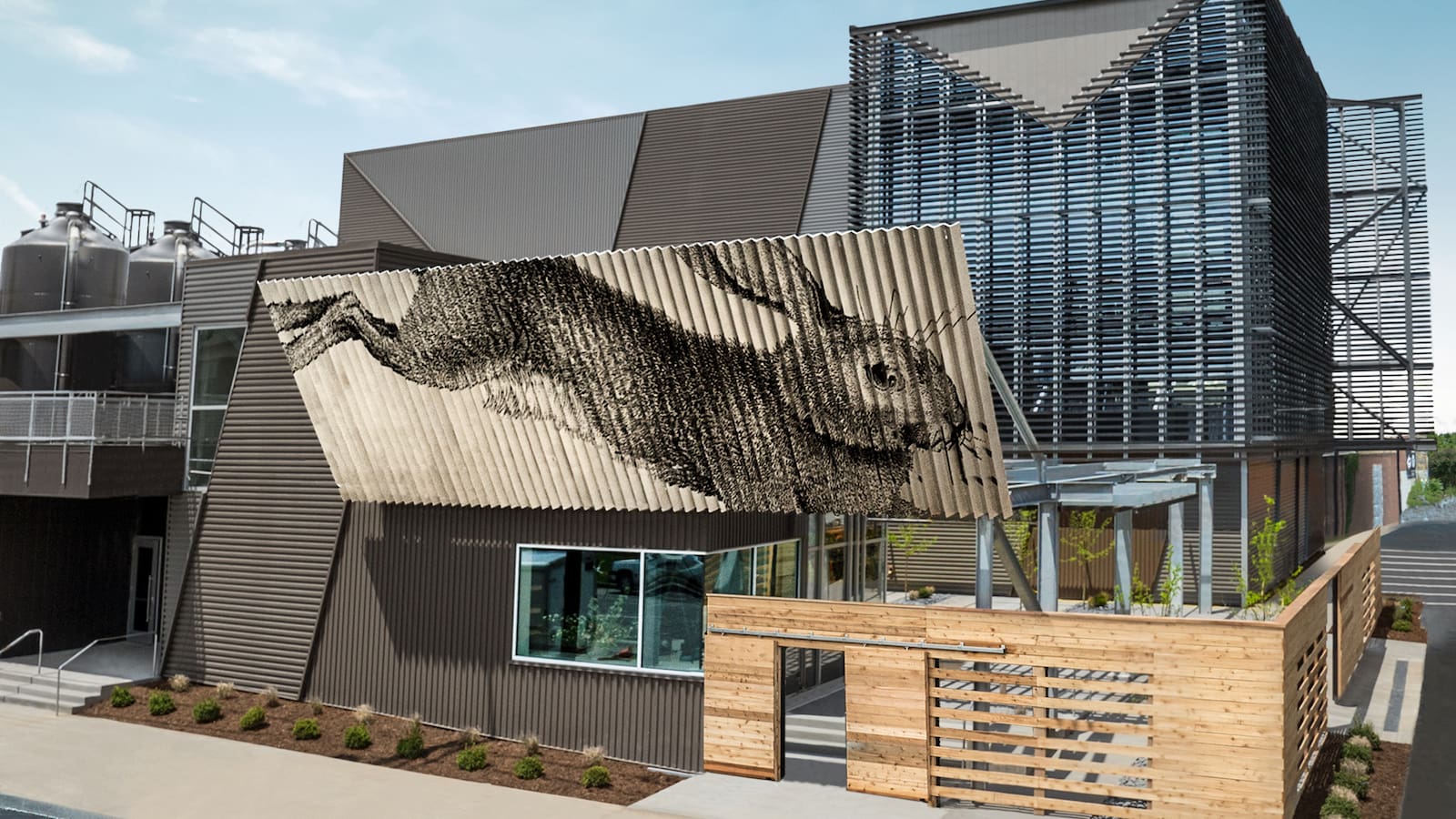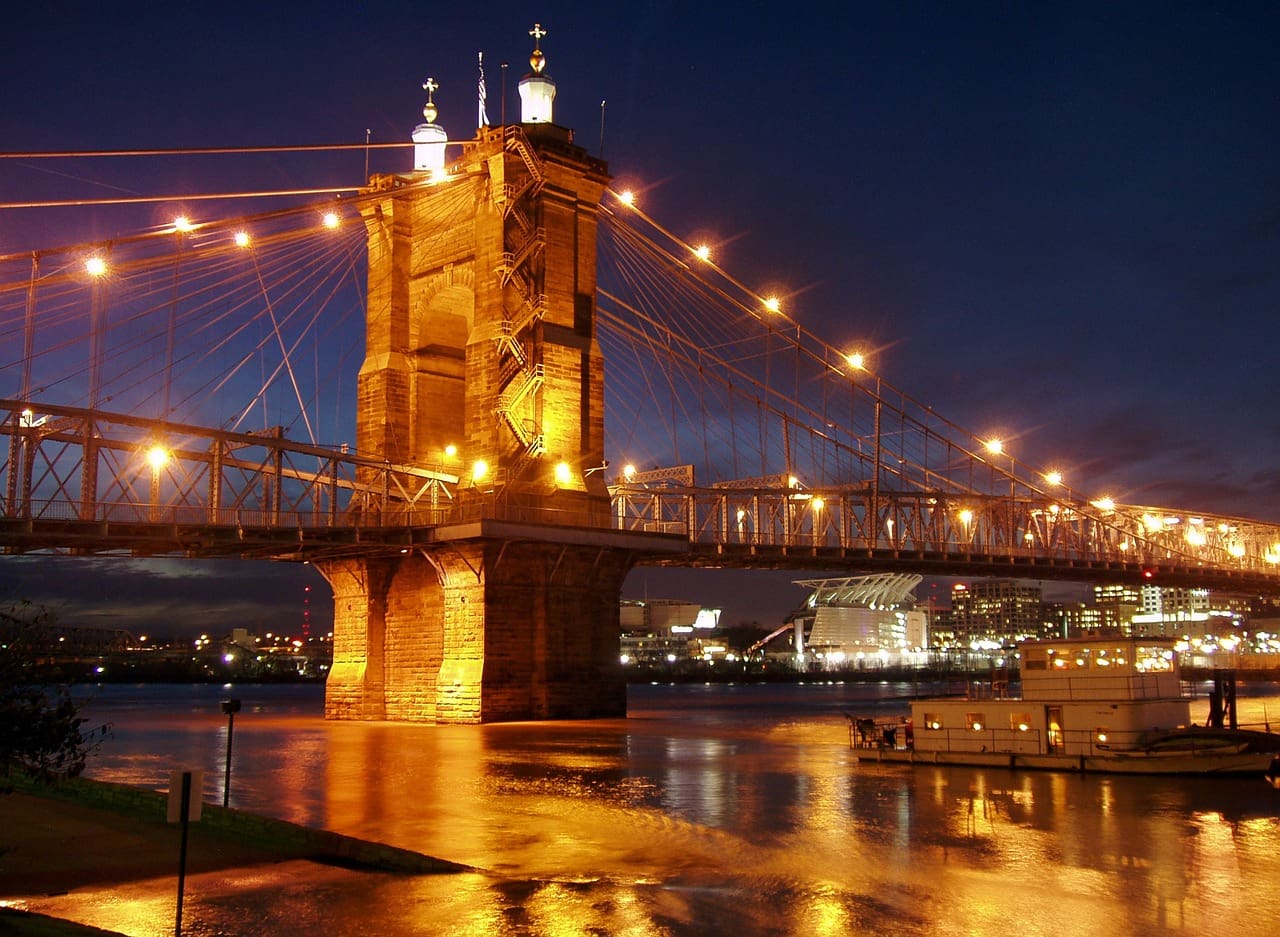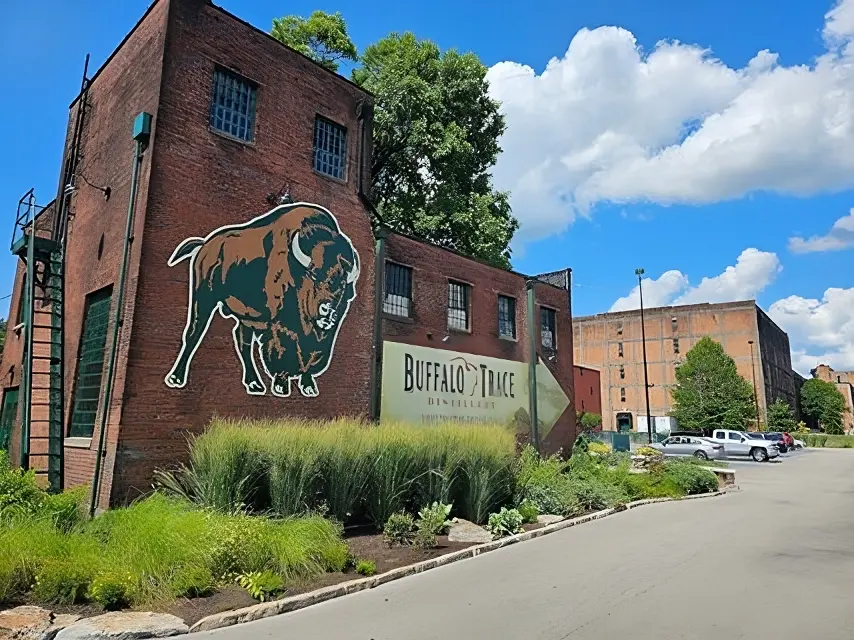
Bourbon Trail Experience
Tourists on the Bourbon Trail can visit distilleries to learn about the bourbon-making process, tour production facilities, taste different bourbon varieties, and purchase exclusive products. Many distilleries offer unique experiences, such as blending workshops, barrel tastings, and historical tours. The trail is also home to various events and festivals, such as the Kentucky Bourbon Festival, which celebrates bourbon culture with tastings, music, food, and other activities.
The Kentucky Bourbon Trail continues to evolve, attracting whiskey enthusiasts worldwide and preserving the rich legacy of bourbon whiskey.

